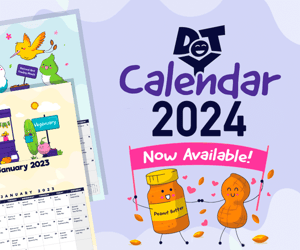
Digital Learning Day
Digital Learning Day, celebrated annually on the last Thursday of February, is a testament to the transformative power of technology in education. It’s an opportunity to reflect on the advancements in digital teaching methods and the potential they hold for future generations. While the day is a celebration of progress, it also serves as a stark reminder of the digital divide that persists, emphasizing the importance of ensuring equitable access to digital resources for all.
History of Digital Learning Day
Initiated in 2012 by the Alliance for Excellent Education, Digital Learning Day was conceived to promote the integration of modern technology into the classroom. The vision was not just about introducing the latest gadgets but about leveraging these tools to create a more engaging, inclusive, and effective learning environment. Over the past decade, the day has grown in significance, with educators, students, and policymakers from across the globe joining hands to advocate for a more inclusive and tech-forward education. The day underscores the belief that when implemented effectively, technology can revolutionize the educational landscape.
The digital divide
Despite the advancements, research indicates that a significant portion of the population, including one in five Brits, still lacks basic digital skills. A report by Lloyds Bank highlighted that over 10 million people in the UK are digitally disenfranchised. This lack of digital skills is becoming a barrier, especially when 90% of all jobs are expected to require digital proficiency in the coming decades. The Digital Poverty Alliance, a UK-based charity, is at the forefront of addressing this challenge. Their initiatives, such as Tech4Teachers and Tech4Schools, aim to provide resources to educators, ensuring that they can impart a high standard of digital education.
How to celebrate Digital Learning Day:
- Host a Tech Fair: Organize a tech fair where students can display their digital projects. This encourages peer-to-peer learning and fosters a spirit of innovation.
- Digital Literacy Workshops: Given the existing digital skills gap, workshops focusing on digital literacy can be invaluable. These can cover a range of topics, from basic computer operations to understanding cybersecurity.
- Engage with Tech Leaders: Organize sessions with tech industry professionals. Their insights into emerging tech trends can provide students with a glimpse into the future of digital technology.
- Promote Digital Resources: Encourage the exploration of e-books, online courses, and educational apps. These resources can offer diverse learning experiences.
- Classroom Tech Challenges: Introduce tech-based challenges, such as coding marathons or digital art competitions. These activities can make learning fun and interactive.
The future of digital learning
The pandemic underscored the importance of digital learning. With schools closed, technology became the bridge connecting educators with students. However, it also highlighted the disparities in access to digital resources. As we move forward, it’s crucial to address these gaps and ensure that every student, irrespective of their background, has an equal opportunity to benefit from digital education.





